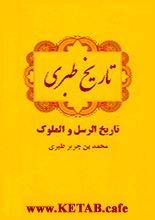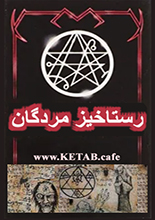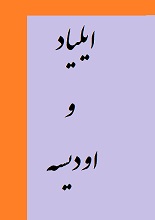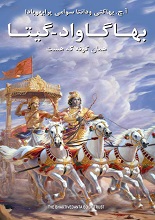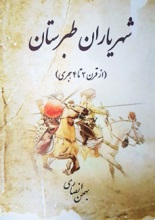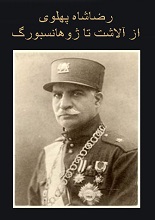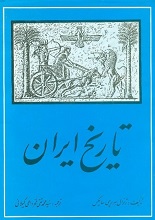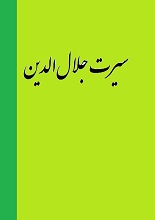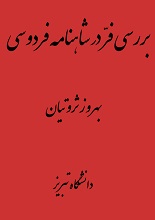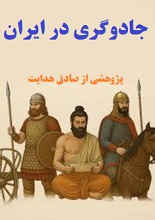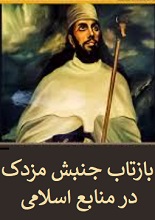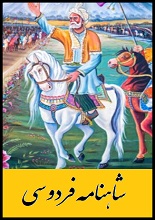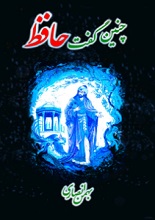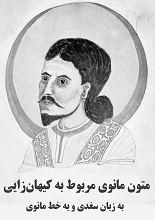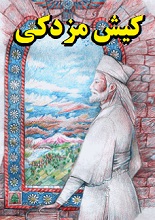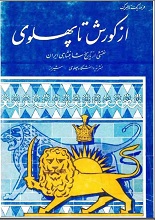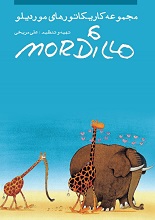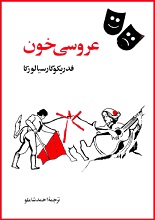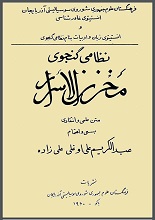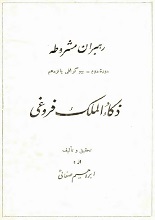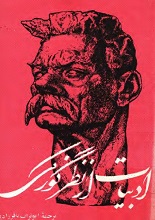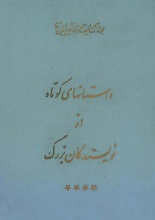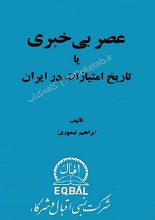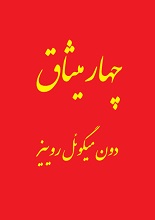Cyrus and the Achaemenids is a e-book by Matt Waters.
Understanding of early Achaemenid history has undergone significant changes in recent scholarship. Recent research has emphasised the familial distinction between Cyrus the Great and Darius I, and it has become difficult to give credence to the traditional, modern reconstruction of Darius’ kinship claims that implies a dual descent from Achaemenes via Teispes: one line to Cyrus and the other to Darius. With Cyrus’ inscriptions at Pasargadae demonstrated as spurious, and the “Achaemenid dynasty” demonstrated as Darius’ creation ex nihilo, the relationship between Darius and his predecessors requires a new assessment. Darius has been viewed as an unabashed liar, despite the consistent antipathy toward the Lie (Old Persian drauga) emphasised in his royal inscriptions.
As typical of the genre of royal apologia, the truth therein reflects the truth as the sovereign portrayed it, with historical accuracy, as we would define it, not a priority. It was certainly not beyond Darius to fabricate a connection to his royal predecessors where none existed. But, to put it somewhat paradoxically, is Darius’ mendacity so straightforward? Put another way, may any of Darius’ genealogical claims be salvaged by careful consideration of his imperial rhetoric and other ancient sources? This article supposes a negative answer to the first question and a positive one to the second. To find a link between the lines of Cyrus and Darius one need look no further than Cassandane, wife of Cyrus and daughter of Pharnaspes the Achaemenid (Hdt. III.2). Acceptance of Herodotus’ account of the marriage of Cyrus and Cassandane, the evidence for which will be discussed below, serves as the foundation of this article’s assertions.
In order to appreciate the historical ramifications of this union, one must not only differentiate the dynastic lines of Cyrus and Darius but also examine the ideological import of Darius’ use of the label “Achaemenid”.
Darius placed great emphasis on being an Achaemenid, i.e., descended from his eponymous ancestor, Achaemenes. Achaemenes is first mentioned in the Bisitun Inscription, wherein Darius traced his lineage to him through four generations: “Darius the king proclaims: My father is Hystaspes, the father of Hystaspes is Arsames, the father of Arsames was Ariaramnes, the father of Ariaramnes was Teispes, the father of Teispes was Achaemenes. Darius the king proclaims: For this reason we are called ‘Achaemenids’.”2 This lineal descent, in subsequent inscriptions, became simply “Achaemenid” (i.e., minus the full genealogical progression), used as a dynastic marker. This Achaemenid emphasis is consistently reflected in Darius’ titulary, for example, “I am Darius the Great King, King of Kings, King of many countries, son of Hystaspes, an Achaemenid” minor variations in several other inscriptions).
The name Achaemenes or title “Achaemenid” does not occur in Cyrus’ inscriptions (notwithstanding the Pasargadae inscriptions, in fact commissioned and placed by Darius).4 Cyrus traced his lineage to his great-grandfather Teispes, who, based on the testimony of the Cyrus Cylinder, founded Cyrus’ royal line.5 By tracing his descent to Achaemenes through Teispes, Darius thus established the basis for the traditional (in modern scholarship) dual Achaemenid line and Darius’ and Cyrus’ shared royal pedigree. The Achaemenid dynasty was a construct of Darius, one way by which he rationalised his claim to the throne.6 That Darius’ accession represented a significant break with his predecessors (even if one retains the shared descent with Cyrus from Achaemenes) has been recognised, but the full magnitude of this break has yet to be explored. If Cyrus was not an Achaemenid, what then? And what was the relationship between Cyrus and the Achaemenids? Answers to these questions, as best as they may be considered with the limited evidence, are important both with regard to Cyrus’ establishment of the empire and Darius’ victory in the crisis of 522 B.C.
This article’s assessment of these questions relies upon a variety of sources, and these are discussed subsequently (roughly in order) based on whether Cyrus or Darius is the focus. The argument rests upon the identification of Cassandane as a wife of Cyrus, as a member of the Achaemenid clan, and as the mother of Cambyses (and Bardiya). Cassandane’s identification as such stems primarily from Herodotus, but it is supported, directly and indirectly, by analysis of ancient Near Eastern evidence. It must be emphasised that the incomplete and sporadic source material precludes definitive conclusions and necessitates qualification even of provisional ones; the attendant analysis must thus be considered provisional.
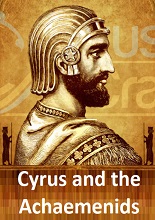
↓ Download ↓
در کافه کتاب بخوانید:
اعلامیه جهانی حقوق بشر کوروش بزرگ
صد در بندهشن
سور سخن
پیامبر زرتشت
بابک خرمدین
بستور
چنگیز مغول
خردنامه
برای دانلود این کتاب، ابتدا باید عضو سایت بشوید.
پس از عضویت، لینک دانلود این کتاب و همهی کتابهای سایت برای شما فعال میشوند.
(قبلا عضو شدهاید؟ وارد شوید)
